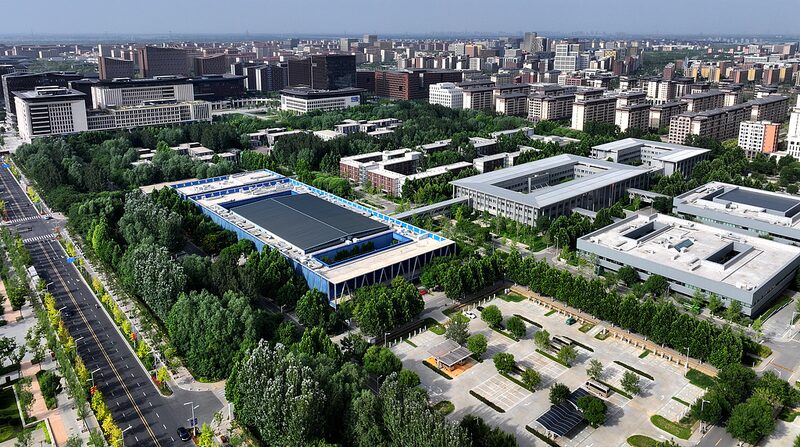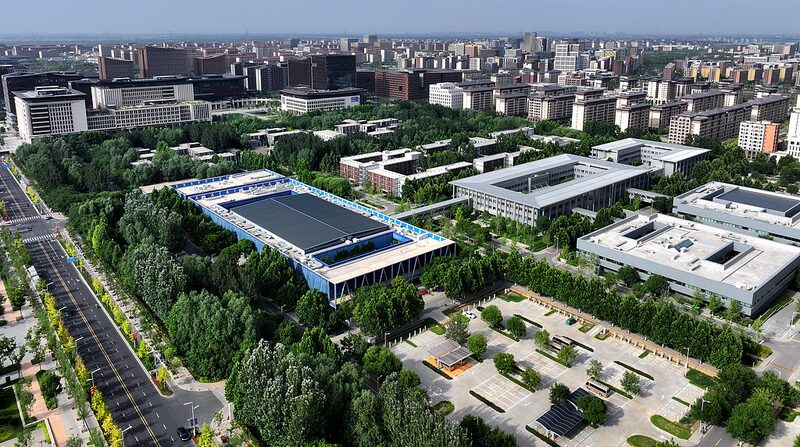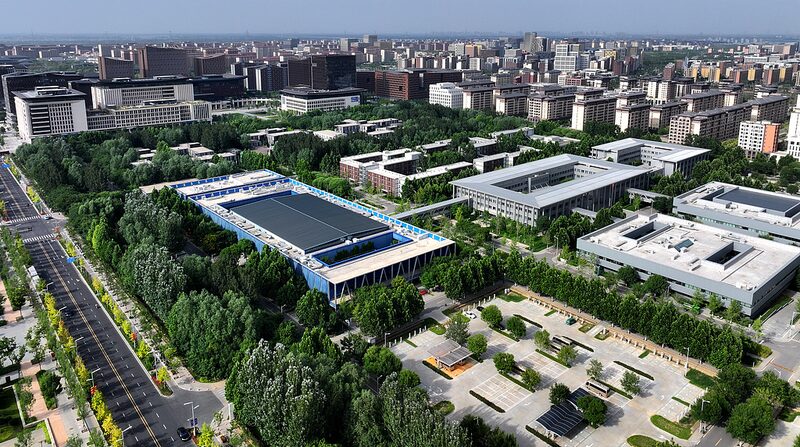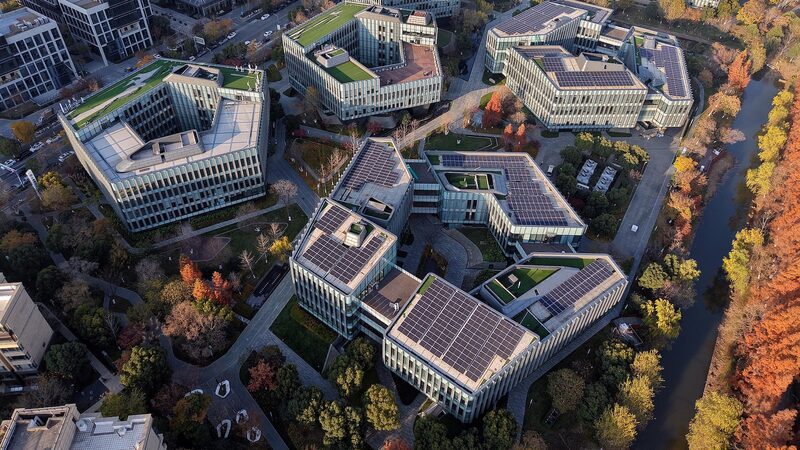China's green transition has made significant progress under its ambitious \"dual carbon\" goals outlined in the 14th Five-Year Plan. Over the past four years, key sectors such as green energy, sustainable infrastructure, and low-carbon lifestyles have seen substantial investments.
By 2024, the ratio of days with good air quality in cities at or above the prefecture level reached 87.2 percent, narrowly missing the 87.5 percent target. Nonetheless, improvements in air quality are evident, signaling a positive trend.
In water management, 90.4 percent of China's surface water met or exceeded grade III quality by 2024, surpassing the 85 percent target. This achievement reflects successful environmental management efforts across the nation.
Forest coverage increased to 25 percent in 2024, ahead of the set target, highlighting significant advancements in ecological restoration and carbon sequestration initiatives.
China has also made impressive strides in clean energy. The Xinjiang Uygur Autonomous Region's development in clean energy showcases China's accomplishments in this area. According to the National Energy Administration, by the end of November, total wind power installed capacity in the country reached 490 million kilowatts, a 19.2 percent year-on-year increase, while solar power capacity surged 46.7 percent to approximately 820 million kilowatts. Since 2013, wind power capacity has grown sixfold, and solar power capacity has increased more than 180 times.
Yunnan Province has also advanced in the green transition, with over 90 percent of its installed power capacity now derived from clean energy sources like hydropower, solar, and wind. Since 2007, plant and bird species around the once-heavily polluted Dianchi Lake in Kunming have risen to 303 and 175 respectively, with fish species increasing to 26.
The development of green finance is accelerating as well. In 2023, the Agricultural Development Bank of China increased its funding for green projects, including renewable energy and sustainable agriculture, supporting environmental sustainability in rural areas.
Hydrogen energy development has made significant strides, with new policies introduced in 2024 to support the hydrogen sector, furthering China's low-carbon economy transition.
Plans for 2025
The green transition will continue to offer growth potential and business opportunities. Looking forward, China will focus on reducing carbon emissions and improving energy efficiency as key components of its strategy.
Stricter regulations and incentives for adopting energy-saving technologies will play a central role in this effort. China's \"dual carbon\" goals remain a priority, aiming to peak carbon emissions before 2030 and achieve carbon neutrality by 2060. In 2025, electric vehicle adoption is expected to increase, supported by expanded infrastructure and government policies boosting market share.
Eco-friendly industrial parks and carbon footprint reduction in urban development will be central to future plans, alongside promoting green technologies in construction and infrastructure.
China's ongoing commitment to carbon reduction and energy efficiency will shape its green transition strategy, ensuring ecological sustainability as a long-term priority. The country has also trained over 3,000 officials and technical personnel from more than 120 developing countries on ecological and environmental protection and addressing climate change, exemplifying its role in South-South cooperation.
Reference(s):
Conservation and green transition in China's 14th Five-Year Plan
cgtn.com







